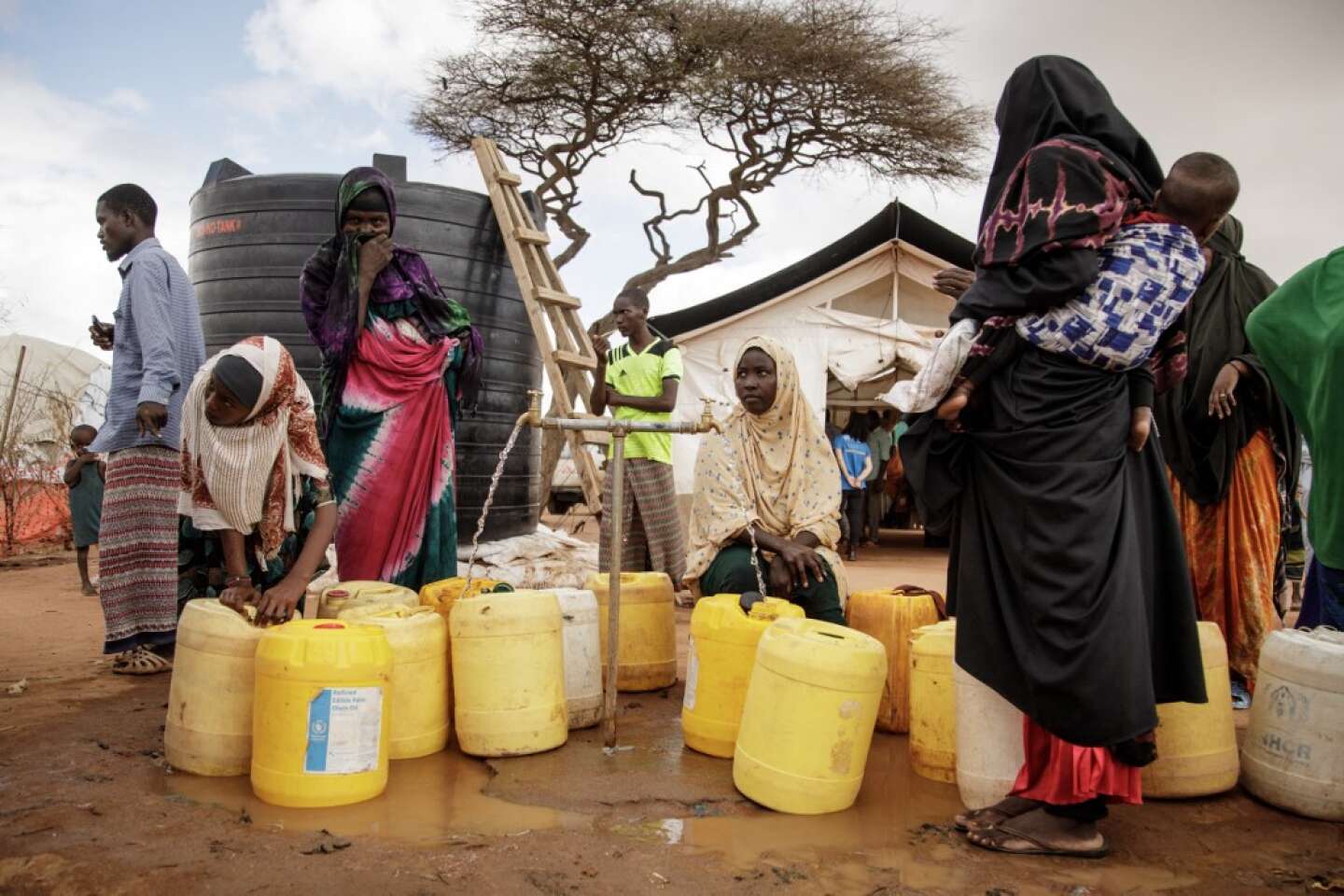
Global warming is accelerating a record drought in the Horn of Africa

The historic drought in the Greater Horn of Africa (Ethiopia, Eritrea, Somalia, Djibouti, Kenya and Sudan) is an unprecedented combination of low rainfall and high temperatures that would not have occurred without the consequences of human greenhouse gas emissions. A scientific study published Thursday, April 27.
“Human-induced climate change has increased the likelihood of agricultural droughts in the Horn of Africa by nearly 100 times.” Before, reports World Weather Attribution (WWA), a global network of scientists that is on the spot assessing the link between extreme weather events and climate change. Since the end of 2020, the countries of the Horn of Africa, a large peninsula in the east of the continent, have been experiencing the worst drought in forty years.
Five consecutive rainy seasons have killed millions of livestock and destroyed crops. According to the United Nations, 22 million people are threatened with hunger in Ethiopia, Kenya and Somalia (where there is also an Islamist insurgency).
According to the 19 scientists who contributed to the report, it was due to climate change “Little effect on annual precipitation” the last in the region. But it has been severely affected by rising temperatures, which are responsible for the sharp increase in evapotranspiration that has led to record drying of soils and vegetation. “It is climate change that has made this drought so dangerous and exceptional”summed up Joyce Kimutai, a Kenyan climatologist contributing to the report, in a phone briefing on Wednesday.
Both annual rainy seasons were affected
Founded by well-known climatologists, the WWA network has proven itself in recent years by being able to assess the impact, more or less robust and irregular, between extreme meteorological events – heat waves, floods, droughts, etc. Man-made climate change. Its results, produced in haste, are published without going through the lengthy process of peer-reviewed journals, but combine peer-reviewed methods, first with historical weather data and climate models.
This time the Academy focused its study on three of the most affected countries (southern Ethiopia, Somalia and eastern Kenya). He found that climate change shifted the two rainy seasons in two opposite ways: the most severe, between March and May, “It gets drier and lack of precipitation becomes twice as likely.” than it was in the past, while “Low season gets wetter.”.
But in recent years, “This wetter low-season trend was masked by the cyclical La Niña weather phenomenon.” that reduce tropical precipitation and for which there is no evidence yet that they are affected by anthropogenic climate change. This rare pairing, in a region that has seen five consecutive rainy seasons since the end of 2020, then combined with increasing temperatures to lead to record drying of soil and vegetation.
If the planet had not already warmed by 1.2 degrees compared to the preindustrial era, this precipitation would have exposed the region to abnormally dry conditions at worst, that is, a lower than first-order level of severity of aridity. In the American rating, this is guaranteed by the WWA. clearly, Climate change was a necessary condition for such a severe drought to occur.scientists conclude.
The current situation is described as: ‘exceptional drought’It is the fourth and final alert level on the American scale. Unlikely before, it now has a 5% chance of reproducing each year.

“Unapologetic pop culture trailblazer. Freelance troublemaker. Food guru. Alcohol fanatic. Gamer. Explorer. Thinker.”
